A Wining Cost Estimate
That Helps You To Win More Wainscoting and Paneling Installation Projects
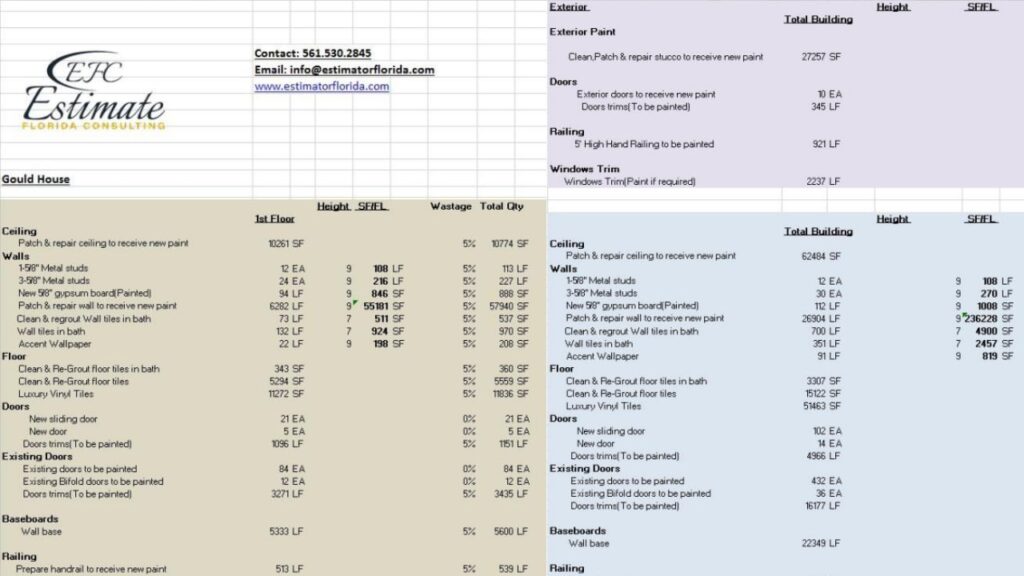
To explore the various types of wainscoting and paneling, turn to this section in the comprehensive guide for estimating their installation costs. Learn different solutions for choosing the perfect wainscoting and paneling for your home by reading about the different types available in the sub-sections: types of wainscoting and types of paneling.
Wainscoting is a great way to spruce up your walls with designs. There’s plenty of types to choose from. Here’s a table showing the different types:
Type | Description |
|---|---|
Raised Panel | Frames wood panels with rails and stiles. |
Beadboard | Horizontal planks with vertical grooves. |
Flat Panel | Elegant and simple panels. |
Recessed Panel | Flat panels with spaces between each. |
Overlay Panel | Trim covering a wood or plywood sheet. |
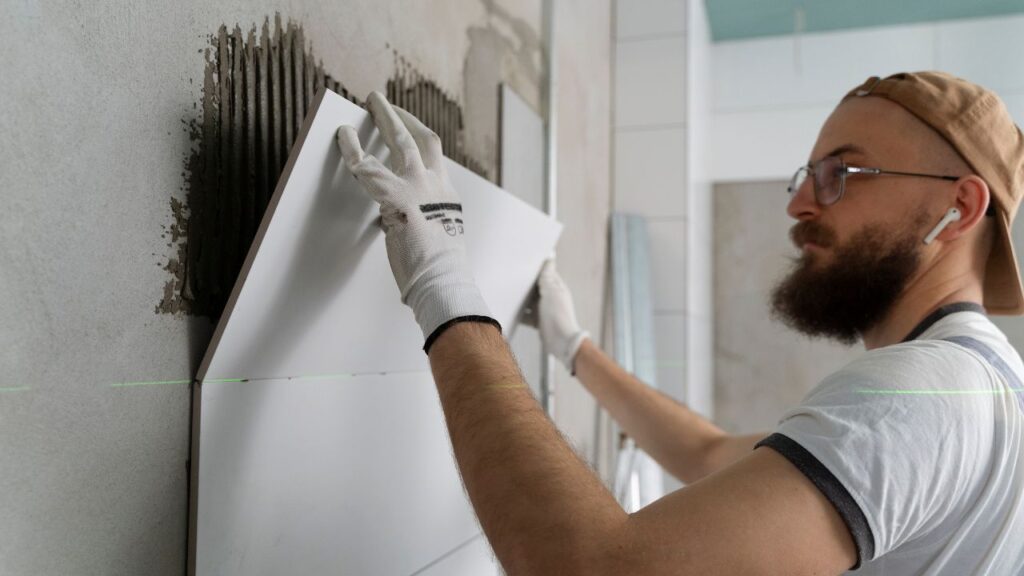
Plus, there’s board-and-batten paneling with alternating wide planks and narrow strips. Each type has its advantages and disadvantages.
Did you know that wainscoting is centuries old? It was popular in Ancient Greece and Rome before wealthy Europeans made it ornamental.
For a touch of the beach life, try beadboard wainscoting. It’ll have you feeling like a captain!
Beadboard is a type of wainscoting that features vertical panels with grooves, known as beads, between each one. These grooves are functional, allowing for flexibility and natural expansion and contraction based on humidity levels.
We can make a table to show the different types of wood available, along with their costs per square foot, minimum order quantity, and any extra installation fees.
Type of Wood | Cost per square foot | Minimum Order Quantity | Extra Installation Fees |
|---|---|---|---|
White Pine | $1.89 | 100 sq ft | No extra fees |
Red Oak | $2.19 | 50 sq ft | $50 |
Poplar | $1.69 | 150 sq ft | $75 |
Maple | $2.69 | 75 sq ft | $100 |
When picking Beadboard, think about the overall theme and style of the room it will be in. Traditional rooms often choose white painted beadboard while rustic or coastal interiors can go for natural wood stains or blue-grey paints.
Get creative with Beadboard! Use it as a practical solution in a mudroom wall or ceiling, or as an accent wall in a bedroom – either way, its flexibility makes it perfect for almost any space.

Raised panels give walls a textured, detailed look with more sophistication and elegance than other types. Check out the following table for the details of .2 Raised Panel:
Type | Materials | Installation |
|---|---|---|
Raised | Wood, MDF, PVC | Professional |
Recessed | Wood, MDF, PVC | DIY or Professional |
Raised panels come in various shapes and sizes, making them flexible for any design style. Plus, the use of MDF and PVC materials can help save money without sacrificing quality.
Be sure to take accurate wall measurements before buying materials or installing panels. This will ensure you have the right amount of material and no waste. Transform your walls from dull to delightful with Flat Panel wainscoting! It’s a great way to give your home that classic feel without spending a fortune.
Flat Panel Design wainscoting is a popular choice for a classic and modern feel. It features smooth and unembellished panels with simple trim moldings. This type of wainscoting looks best with contemporary designs that have minimalist decor and bold colors, geometrics, or plain patterns. Neutrals also enhance the simplicity of the room. Plus, large pieces of furniture add interesting sharp lines.
In conclusion, installing a flat panel design will lend an elegant, sleek, and sophisticated appearance to any space. To get the perfect finish, consider pairing it with complementary decor or wallpaper. Shiplap, on the other hand, is great for when you want your walls to look like a boat without actually having to deal with the ocean!
Shiplap paneling is an age-old tradition in interior design. It involves overlapping wooden boards with a groove and ridge, forming a tight seal. Its versatility makes it popular – it can be used in homes or commercial spaces, and made from different types of wood. It can also be painted or stained.
For example, a family recently renovated their farmhouse. They chose knotty pine shiplap for its rustic appeal. The result was stunning, and brought new life to the old home.
From shiplap to beadboard, there are plenty of paneling types to choose from!
Paneling and wainscoting are two wall treatments that can transform any space. Adding depth, texture, and character to a room, they’re ideal for complementing existing decor.
If you’re stuck on which option to choose, a table with columns for Types of Paneling, Material used, and Pros/Cons can help. Wood paneling is classic and warm, while stone paneling has a rustic appeal. PVC, MDF and leather panels are also widely used.
Raised panel wainscoting adds grandeur to formal spaces, like dining rooms or libraries. Beadboard wainscoting is perfect for casual settings, such as cottages or beach houses. And Shaker panel wainscoting is cost-effective yet luxurious.
Wainscoting dates back to the 16th century. It was initially used to protect walls from furniture and boots. Today, it’s both functional and visually appealing.
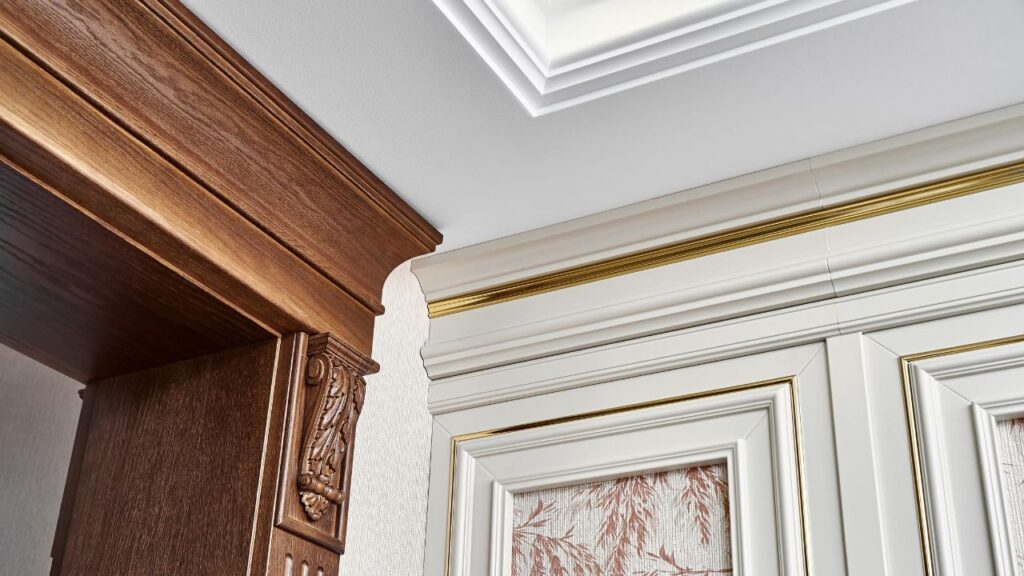
These wall treatments remain popular centuries later for their unique styles and characteristics. If you’re looking for something special, Tongue and Groove wainscoting is sure to make your wood-panelled socks fly off!
Interlock wooden boards to create paneling with specially designed edges. Table of attributes and benefits:
Attribute/Benefit | Description |
|---|---|
Sustainability | Wooden paneling is an eco-friendly option as wood is renewable and biodegradable. |
Durability | Wooden paneling is durable and can last for years if maintained properly. |
Easy installation | Interlocking edges of the wooden boards make installation easy and hassle-free. |
No visible nails or screws on the panels | The specially designed interlocking edges of the wooden boards eliminate the need for visible nails or screws on the panels. |
Tongue and groove paneling adds sophistication to any space. Get the classic style, without missing out.
Board and batten: Plain walls? Not for us! We’re here for the drama.

Board and batten is a special paneling style. It stands out with narrow wooden boards and wide battens placed horizontally across them. This particular technique adds classic, rustic vibes to any interior design scheme.
You can choose from cedar, pine, oak or maple wood for board and batten. Cedar is ideal for narrow sections, while oak is perfect for wider ones.
You can use board and batten on an entire wall or just as an accent wall for a dramatic effect. Here are some ideas:
The V-joint paneling is famous for its V-shaped groove that meets at an oblique angle and forms a sharp point at the bottom. It is used to add texture and dimension to any interior or exterior walls and ceilings.
Designers have a variety of options to choose from. Traditional or modern style? Wood or PVC material? Four or eight feet height?
This type of paneling was initially used in rustic settings like cabins and lodges for better insulation and acoustics. Nowadays, it has become more modernized with different materials and colors.
Time to hit the stores because you’ll need materials for wainscoting and paneling – and be prepared to wave goodbye to your wallet!
To understand the materials needed for wainscoting and paneling, the solution lies in exploring the four sub-sections: wood, MDF or HDF, plywood, and PVC. Each material has its unique advantages and limitations, and it is critical to choose one that aligns with your budget and design preferences.
Wood is a classic material for paneling and wainscoting, adding warmth and texture to your space. Oak is strong and grainy, maple is smooth, cherry is elegant and red, and pine is a budget-friendly option, though it needs more maintenance.
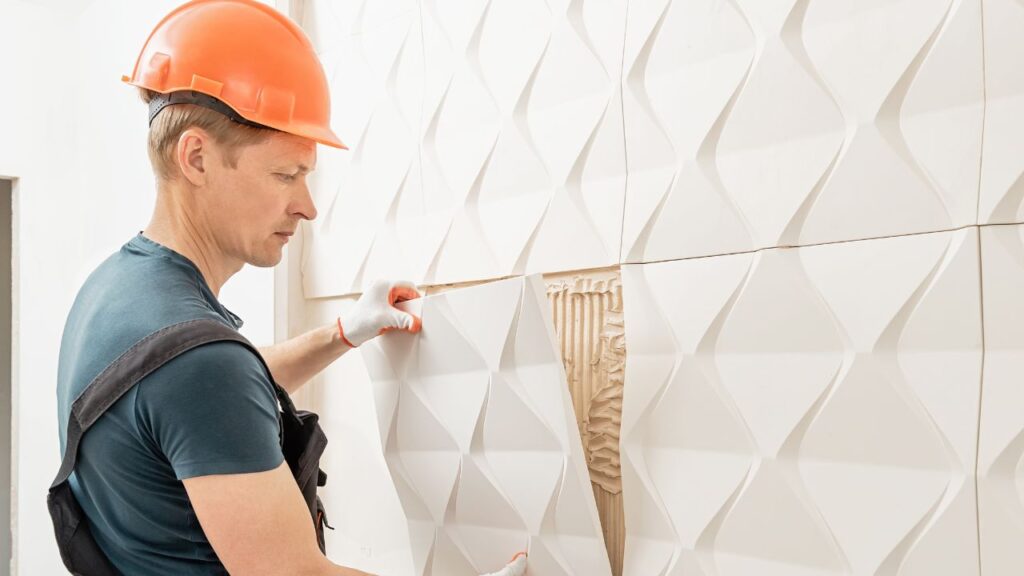
Look at the grade and finish too – smooth grades work well for painting, while rougher saw-cut looks can be stained or left rustic. Remember that wood needs to be kept up with regular cleaning and sealing, to protect it from warping or pests.
Choose the right wood for your next paneling or wainscoting project and get long-lasting style. Invest in quality wood, and your home will thank you!
Explore solutions for wainscoting and paneling using engineered wood options like MDF or HDF. These provide superior performance at an affordable cost.
When choosing between MDF and HDF panels, consider these product attributes:
Attribute | MDF | HDF |
|---|---|---|
Material Type | Densified Fiberboard | High-Density Fiberboard |
Durability & Strength | Better resistance against moisture, cracking, splitting, and warping | Much denser than MDF, with more strength |
Applications | Millwork, decorative panels, etc. | Ideal for applications where extra density is required without the added weight |
The Spruce suggests MDF’s smooth finish is ideal for painted surfaces. If you’re looking for something other than plywood, you must be board!

Plywood is a popular and cost-effective paneling material. It’s a type of engineered wood made with thin sheets glued together. There’s a variety of thicknesses, sizes, and grades. Check out the table below for details.
Type | Sheets or Panels |
|---|---|
Thickness | 1/8″, 1/4″, 3/8″, 1/2″, 5/8″, 3/4″ |
Grades | A, B, C, D (A being the best) |
For extra durability, use hardwood plywood for paneling. Cabinet-grade plywood is great for smaller units like wainscoting. Choose the right grade and check for defects before you buy. Sand the edges before cutting, and use a saw blade specifically designed for woodworking.
Plywood is awesome for interior design. It’s durable, versatile, and affordable. Follow the tips above and you’ll have great results! PVC paneling is also an option if you want plastic that looks almost as good as real wood.
PVC is a popular material used for wainscoting and paneling. It’s an affordable and low maintenance option. However, it’s not as strong as hardwood and limited in color options. Suggestion: use PVC in rooms with moisture or humidity, such as bathrooms or laundry rooms. It’s resistant to water damage and won’t warp like wood paneling. Combining PVC and hardwood wainscoting can create a unique contrast. So, let’s hammer out the details for wainscoting and paneling cost!
To estimate the cost of wainscoting and paneling installation with the help of the given comprehensive guide, you will need to know the costs of materials, labor, and additional costs involved. In this section, we will briefly introduce you to the three sub-sections: the cost of materials, the cost of labor, and additional costs.
When calculating the total cost of a wainscoting and paneling installation project, bear in mind the expenses for all necessary materials. This includes panels, adhesive, nails, screws, molding, and trim. Prices vary according to quality and quantity.
A table below displays approximate costs for materials used in wainscoting and paneling installations. All prices come from various online hardware stores.
Materials | Cost (Per Square Foot) |
|---|---|
Wood Panels | $1-$5 |
MDF Panels | $0.50-$2 |
Adhesive | $0.50-$1 |
Nails/Screws | $0.05-$0.20 each |
Molding/Trim | $1-$5 per foot |
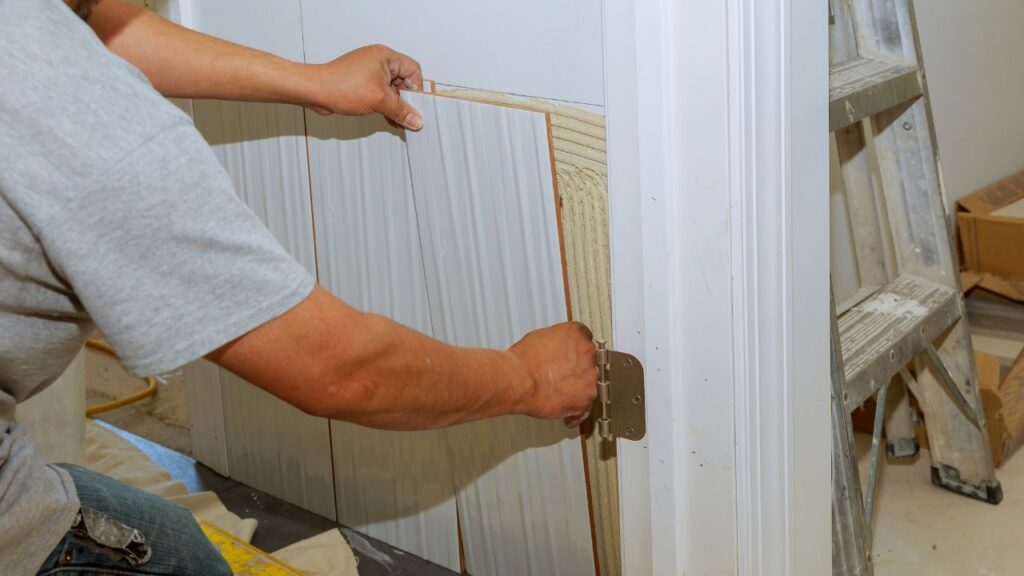
These are just general estimates. The total cost could be higher or lower, depending on labor costs or extra tools/supplies needed.
The type of wood chosen for panels also influences overall expense. Choosing MDF sheets instead of hardwood can help cut down costs significantly.
One homeowner with a tight budget wanted to install paneling on their walls. They chose MDF sheets instead of wooden boards and still achieved an elegant look with sophisticated trim work. This saved them money while getting the desired outcome.
Investing in wood for wainscoting is costly and requires commitment. But the end result is worth it.
Cost Analysis for Wood Materials
For estimating wainscoting and paneling installation cost, considering the type, quality, and quantity of wood is vital.
Check out the table below for prices of various types of wood, grouped by quality and features.
Type of Wood | Quality | Price per Linear Foot |
|---|---|---|
Pine | Standard | $1.50 – $3 |
Oak | Premium | $4 – $7 |
Walnut | High-end | $10 – $15 |
Extra costs, like local lumber prices, transport fees, and labor fees, can add to the total.
Also, wall preparation and removal can affect the overall pricing.
So, experts suggest considering all costs before planning a wainscoting or paneling installation.
DIY Network says that doing it yourself can save up to half professional fees. Material expenses are usually 25-40% of total costs.
MDF is a cost-effective option if you are on a tight budget.
MDF and HDF are often used for wainscoting and paneling due to their durability and affordability.
Cost varies with board thickness, size, and quality. A 3/4 inch thick 4×8 sheet of high-quality MDF may cost around $36, while a thinner 1/2 inch HDF sheet may be cheaper at $22. Prices can depend on location and supplier. It’s smart to get materials from reputable sources for good quality and reasonable prices.
Other expenses such as labor costs and extra materials should be included for an accurate estimate. MDF and HDF have become popular for home projects due to their versatility and affordability compared to hardwood. Knowing the cost helps with decision-making when choosing materials. Plywood seems to be the real MVP here!

The cost of plywood is a must-know while estimating wainscoting and paneling installation. To get an accurate calculation, we have listed essential data on plywood expenses below. It shows the various sizes, their per square foot costs, and their total expenses.
Table:
Size | Cost/Sq. Foot | Total Cost |
|---|---|---|
4’ x 8’ | $25 | $100 |
5’ x 10’ | $36 | $180 |
6’ x 10’ | $40 | $240 |
These are rough estimates based on recent pricing analysis. The costs may differ due to factors like location and material availability.
In addition to plywood, other expenses such as labor charges, nails, glue, caulking, etc. should also be taken into consideration. These may add up to more costs that many people neglect.
To cut down on costs, choose budget-friendly materials and hire skilled professionals. Also, proper planning beforehand can minimize overruns during installation. For a cost-effective option, go for PVC wainscoting!
Planning to install PVC panels? Cost is key. Here’s a rough estimate:
Panel Size | Price Range (USD) |
|---|---|
4ft x 8ft | $20 – $40 |
4ft x 10ft | $30 – $50 |
4ft x 12 ft | $40 – $60 |
Remember: prices vary. Factor in materials and measure before you buy, to avoid extra costs! DIYers, hear ye hear ye!
Labor costs for installing wainscoting and paneling are hefty. It takes time to measure, cut, and install the panels. Plus, skilled laborers come with a higher wage due to their expertise.
It’s important to remember that labor costs vary depending on the type of material used. Complicated installation procedures can also add to the cost.
Planning and research can help figure out how much labor is needed. Hiring experienced contractors is the best way to ensure an efficient, quality job – and reduce costly mistakes. So, if you want wainscoting, you’ll need to open your wallet!
When estimating project cost, there are various extra costs to consider apart from materials and labor. These include: materials surplus, site preparation, painting/staining fees, shipping expenses, and waste disposal charges. Some details such as insulation preferences or wood options may also play a role. Don’t forget to add a buffer to the budget for unexpected expenses!
Did you know that wainscoting and paneling have ancient roots? Wainscote comes from Dutch “wagenschot” used in New York in the 17th century. Panelings English origins date back centuries before that and were made by skilled craftsmen for the rich. Now it’s time to get started on the installation!
Maximize your wainscoting and paneling installation construction business’s potential with our competitive financing options

To install wainscoting and paneling, certain tools and equipment are needed. They help get precise results and install the panels correctly.
This is a list of instruments and their functions:
These should only be operated by professionals who know how to use them properly and safely.
Using a nail gun with a sander is faster and easier than hammering.
Historically, Egyptians used wood paneling as decoration. They thought it made the space more cozy. Now, wainscoting has evolved with intricate designs to improve interior décor.
If you think wainscoting is expensive, wait till you find out how much it’ll cost to move those panels without a pickup truck.
Transport Requirements for Wainscoting and Paneling Setup!
When figuring out the price of wainscoting and paneling installation, transport is an essential factor to think about. Here are 6 things to keep in mind:
It’s important to remember that these transport requirements don’t just apply to wainscoting and paneling, but also to any building material that needs a lot of materials.
You also need to consider fuel costs when renting trucks and trailers, possible tolls along the route, and storage if your site doesn’t have enough room for materials before installation.
To save on transport costs, try renting a vehicle through AAA; going for lightweight panels instead of heavy ones; ordering from local lumberyards with good pricing structures. Also, plan ahead by arranging with the supplier early. This prevents last-minute panics and delivery problems caused by lack of planning.
DIY wainscoting and paneling setup: because sometimes making mistakes is cheaper than hiring a pro!
To understand whether to take on a DIY installation or hire a professional for wainscoting and paneling installation, this section with the title DIY Vs Professional Installation with the sub-sections of DIY Installation and Hiring a Professional presents the contrasting aspects of both methods. Choosing between the two installation methods can be a daunting task, and understanding the specifics of each method can help make the decision easier.
For those who like a hands-on approach to home security, DIY installation may be attractive. This means the homeowner installs the system, not a professional service.
If you choose DIY, here are 3 steps:
DIY installation may save money, but it isn’t right for everyone. Professional installations usually include an assessment and advice on where to put sensors. Plus, they have more experience with alarm systems.
Don’t miss out on the benefits of professional installation! Trained technicians give you confidence that the job is done well. Hiring a professional may be pricey, but it’s better than having your DIY attempt become a YouTube fail video.
Opting for a professional installation means taking advantage of their expertise and skills. They have access to quality tools and equipment to get the job done accurately, efficiently, and up to code. Plus, you’ll be covered in case of any mishaps or issues.
DIY installations may seem cheaper, but mistakes can lead to costly repairs. Investing in a professional minimizes future expenses.
For complex installations with potential safety risks, like electrical work or plumbing, it’s best to hire a licensed and experienced professional. Don’t risk your safety – let the experts handle it.
Make an informed decision and consult with a pro today. Enjoy peace of mind and save in the long run!

To estimate the cost of wainscoting and paneling installation, you need to understand the factors that can affect it. In this section, we’ll help you identify these factors by discussing the room size, type of wood or paneling, molding or trim, complexity of design, and location and accessibility. These sub-sections will provide you with insights that will help you gauge the cost of your desired installation.
When it comes to wainscoting and paneling, the size of the area is key. This affects the amount of materials needed and thus the final cost. A large room requires more panels, moldings, and paint, making the project more expensive than a smaller space.
More features, such as windows or moldings, mean more cutting and time. Plus, a larger surface may require sanding before installation. Still, many contractors offer discounts for larger projects. It’s a good idea to get an estimate from a pro to compare prices.
Remember to consider all factors when installing wainscoting or paneling: your budget, project management tasks, and contractor pricing. Make small improvements each year, and always compare prices from multiple contractors. This will help ensure quality and transparency. Don’t be cheap on wood choices, or your wainscoting might look a bit too rustic!
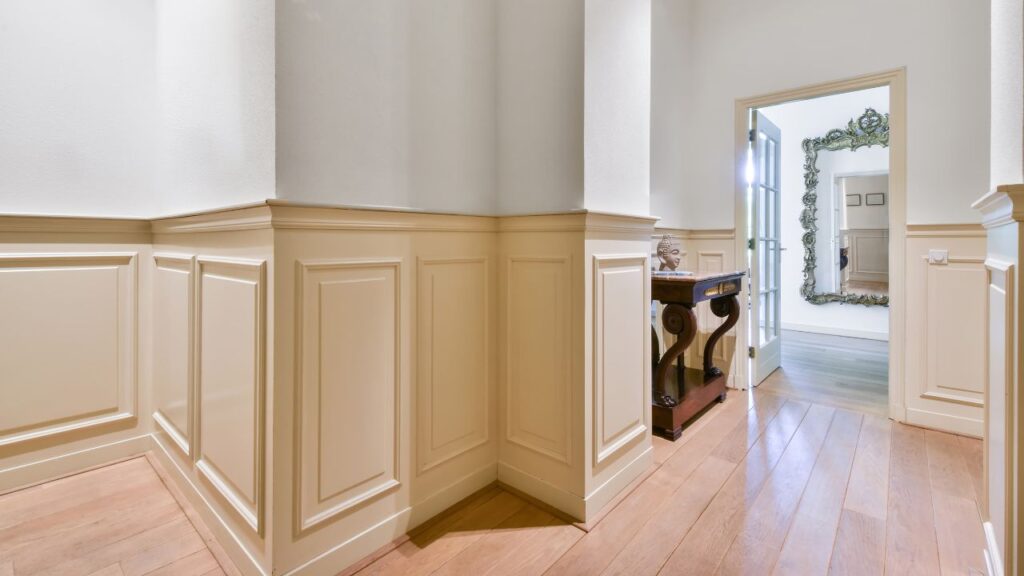
When selecting wood or paneling for wainscoting or paneling, cost is an important factor. Consider the table below to compare popular wood types and their costs per sq.ft.
Wood Type | Cost per sq.ft |
|---|---|
Cedar | $2.50-$4.00 |
Oak | $3.00-$5.00 |
Maple | $4.00-$8.00 |
Cherry | $6.00-$12.00 |
The prices can vary due to factors like thickness, finish and grain pattern. Also, some woods are more susceptible to warping or fading and require more maintenance.
According to HomeAdvisor, the average cost for wainscoting installation is $1,000 to $7,500. Add a little extra flair with some molding and trim. Enjoy the royal treatment, but watch your wallet too!
Let’s explore the world of decorative woodwork – Molding or Trim! These intricate details are used to spruce up walls and ceilings.
Materials such as wood, plastic, and composite can be used for installation. The cost depends on the quality and complexity of the design. Examples include crown molding, chair rails, baseboards, and wainscoting.
Attaching these pieces is done using adhesives and fasteners. Contrasting colors or finishes can create a unique effect that complements the overall design.
Size matters too! Larger rooms need more material and labor than smaller ones. For something grand and spacious, paneling installation is the way to go.
Fun fact – Molding or Trim has been used in architecture for centuries. From palaces to everyday homes, it’s still widely used in modern construction projects.
The intricacy of the design affects the cost of wainscoting and paneling installation. Factors like detailing, carving, and customization all come into play. The more time and effort required to tailor-make the design, the higher the costs.
Material selection can also impact complexity. Opting for distinctive materials or custom-made panels, or intricate detailing like hand-carved panels or laser-cut patterns, adds to expenses.
Skilled professionals are needed for intricate designs. This comes at a higher price point. Adding personal touches through unique designs can elevate the aesthetic appeal, but may lead to skyrocketing costs. Simpler designs with fewer customized features can help keep costs within budget.
Location and accessibility can have a big impact on the cost of wainscoting and paneling installation. Don’t worry, though — we won’t charge extra if you live on a deserted island!

Distance from the work site to the supplier or manufacturer? That impacts transportation costs. Parking near the location? That affects unloading and carrying materials. Walls’ height, dimensions, and irregularities? That leads to increased labor and installation difficulty. Remote locations, or difficult access? That requires additional equipment or personnel – leading to a more expensive project.
Keep costs under control! Plan your budget by considering all of the above factors. Account for unique details too – like special permits, building codes, and historic preservation requirements.
For savings, start by determining your material needs. Hire interior design professionals for their expertise. This’ll help you avoid extra expenses later! Remember: money can’t buy happiness, but it can buy wainscoting and paneling installation savings.
To save cost on wainscoting and paneling installation with this guide, check out these sub-sections: Shop around for materials, consider alternative materials, choose simple designs, and do it yourself.
Investigating and obtaining materials is key to reducing costs on wainscoting and paneling installation. Here’s what to do:
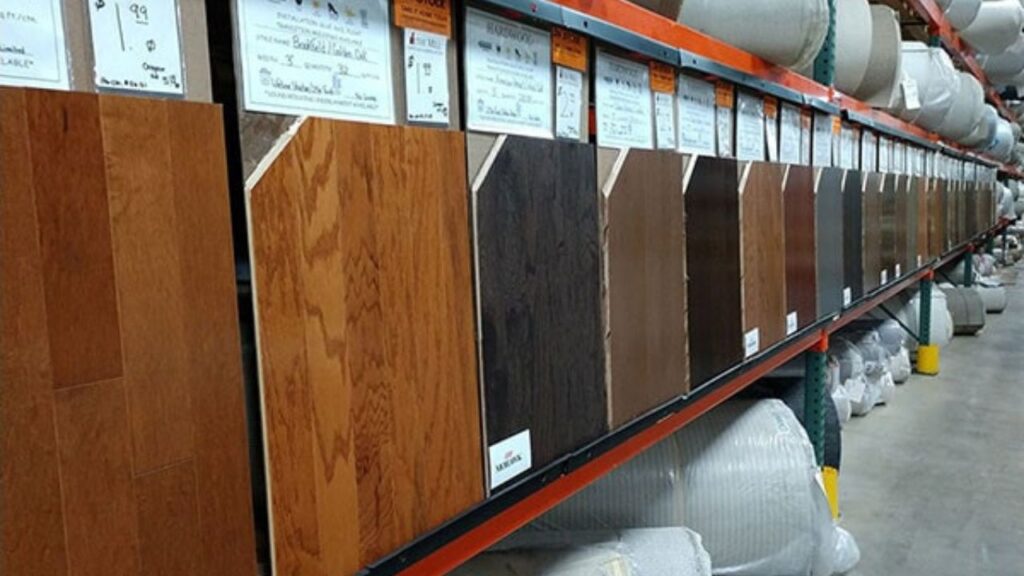
Seek advice from experts to know the amount of material you need, depending on the size of your project. Tip: Knowing exactly how much you need prevents overbuying and optimizes savings.
When it comes to wainscoting and paneling, you may need to think differently and try out alternative materials like cardboard boxes.
Exploring cheaper material options is essential to reduce costs when installing wainscoting and paneling. Consider alternative materials like engineered wood, PVC plastic, or vinyl. They range from $0.60 to $5 per sq.ft., so you can save money without compromising quality.
Opt for eco-friendly materials like reclaimed wood or bamboo, to save even more. Make sure you buy only the exact amount you need to prevent wastage and further reduce spending.
A friend of ours wanted to install high-end wooden panels. We advised them to use bamboo instead, which cost almost half the price without sacrificing style or quality. Keep it simple, save your wallet the trouble and your eyes the confusion!
Choose minimalistic patterns for wainscoting and paneling to save on installation costs. Simpler designs require less material, making them more affordable. Plus, they bring an understated elegance to the interior of your home.
Minimalistic designs are also easier to install. They involve fewer details and cuts, making the process faster and smoother which saves on labor costs too.
Prefabricated wainscoting panels are a great way to reduce materials and labor costs. They come in standard sizes and can be cut to size, without the need for intricate handwork.
Pro Tip – Opt for simple yet elegant baseboard styles with a classic finish. It will blend with any room décor and help save on installation costs. So ‘Darn-It-Yourself’ and save big!
If you’re up for a DIY project, there are ways to save money on wainscoting and paneling installation. Here’s a 5-Step Guide to help you:
Be accurate, measure properly, and follow through completely when installing wainscoting and paneling yourself. Did you know? Wainscoting was originally used to protect walls, but is now a popular interior design trend. With some tips, you can achieve this style without breaking the bank!
Gauging the Cost of Wainscoting & Paneling
Assessing the cost of wainscoting and paneling involves several variables. Type, size, style, quality of material, room size, ceiling height, wall condition, and pre-work are the main factors. Taking these into account helps you estimate the cost.
Be wary of hidden costs! Repairs to damaged studs or wall irregularities add to the expense. The estimate should be realistic so you’re not caught off-guard by unexpected issues.
Don’t let uncertainty prevent you from sprucing up your space. With proper research and planning, you can make an informed cost estimate and tackle the project with confidence!
Wainscoting is a type of decorative paneling that is typically used on the lower part of the walls in a room. Paneling is a more general term that can refer to any type of wooden or synthetic panel used to cover walls.
The cost of wainscoting and paneling installation can vary greatly depending on factors such as the type of material used, the size of the room, and the complexity of the installation. On average, homeowners can expect to spend between $1,000 and $5,000.
While it is possible to install wainscoting and paneling yourself, it is generally recommended that you hire a professional to ensure that the installation is done properly. This is especially important if you are not experienced with working with wood or if you are not familiar with the tools and techniques used in carpentry.
There are many different types of materials that can be used for wainscoting and paneling, including wood, MDF, PVC, and other synthetics. The type of material you choose will depend on your budget, the style of your home, and your personal preferences.
The length of time it takes to install wainscoting and paneling will depend on the size of the room, the complexity of the installation, and the experience of the installer. On average, a professional installer can complete the installation in 1-2 days.
Whether or not you need to paint or stain your wainscoting and paneling will depend on the type of material you choose and the style of your home. Some types of wood paneling may look best when left natural, while others may be enhanced by painting or staining.
Here I am going to share some steps to get your wainscoting and paneling installation cost estimate report.
You can send us your plan on info@estimatorflorida.com
Before starting your project, we send you a quote for your service. That quote will have detailed information about your project. Here you will get information about the size, difficulty, complexity and bid date when determining pricing.
We do wainscoting and paneling installation cost estimating and prepare a detailed report for your project. At last, you finalize the report and finish the project.
561-530-2845
info@estimatorflorida.com
Address
5245 Wiles Rd Apt 3-102 St. Pete Beach, FL 33073 United States
561-530-2845
info@estimatorflorida.com
Address
5245 Wiles Rd Apt 3-102 St. Pete Beach, FL 33073 United States
All copyright © Reserved | Designed By V Marketing Media | Disclaimer
IMPORTANT: Make sure the email and cell phone number you enter are correct. We will email and text you a link to get started.
By clicking “I Agree” above you give Estimate Florida Consultin express written consent to deliver or cause to be delivered calls and messages to you by email, telephone, pre-recorded message, autodialer, and text. Message and data rates may apply. You are able to opt-out at any time. You can text STOP to cancel future text messages.